
Chinstrap Penguin Facts and Information SeaWorld Parks & Entertainment
The Chinstrap penguin inhabits South Georgia Island, the South Sandwich Islands, the Balleny Islands, the islands of Bouvet and Deception, South Shetland, the South Orkneys and the Antarctic Peninsula. This penguin's name derives from the narrow black band under its head.

Chinstrap Penguin eBird
20 Chinstrap Penguin Fun Facts. Emilie Frick. Published: 01 Jan 2024. Source: Oceanwide-expeditions.com. Chinstrap penguins are among the most fascinating and adorable creatures in the animal kingdom. Found primarily in the Antarctic Peninsula and the nearby islands, these charismatic birds have captivated the hearts of many with their.

The same bird in species only The Washington Post
Chinstrap penguins ( Pygoscelis antarctica) are abundant in Antarctica, with past estimates ranging from 3-8 million breeding pairs, and are considered a species of "least concern" by BirdLife.

Penguin chinstrap Detroit Zoo
Phoebe Weston. Spending your nights sleeping for just four seconds at a time might sound like a form of torture, but not for chinstrap penguins, which fall asleep thousands of times a day, new.

Chinstrap penguins Australian Antarctic Program
9. Chinstrap Penguins make nests out of stones. These penguins have huge colonies, sometimes with hundreds of thousands of birds. When in their colonies, they make nests as a platform of stones. There are usually two eggs and both parents help keep the eggs warm! 10. The Chinstrap Penguin is not endangered!
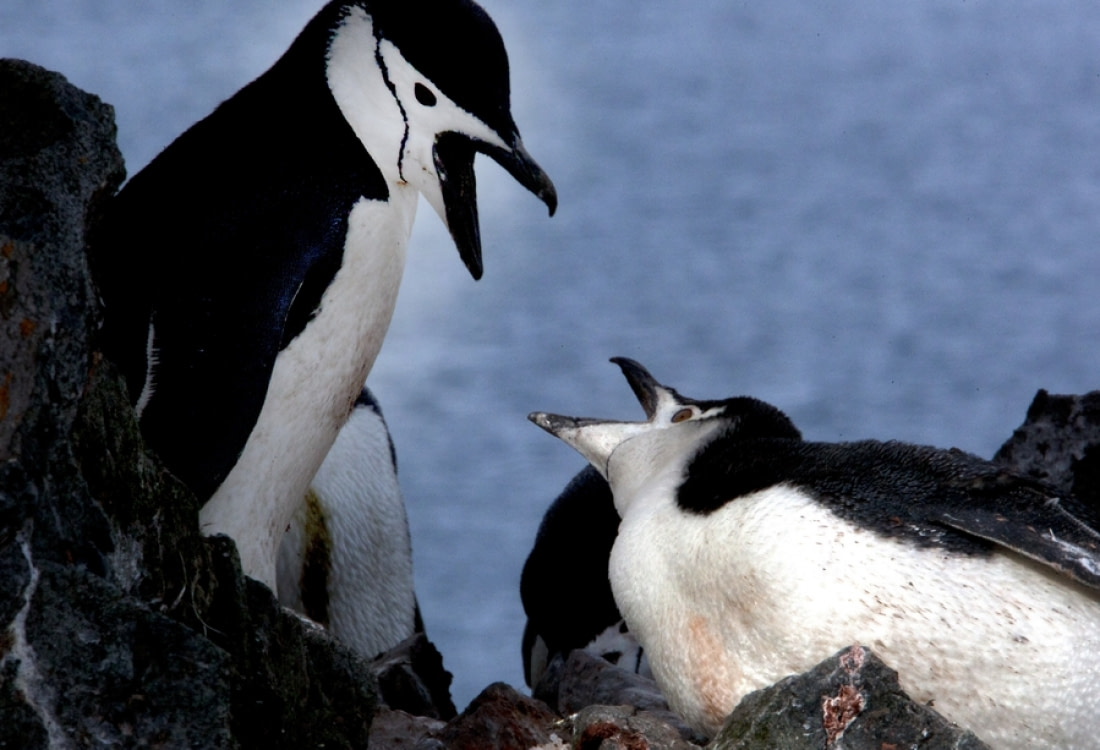
Chinstrap Penguin Facts, pictures & more about Chinstrap Penguin
The chinstrap penguin is a species of penguin that inhabits a variety of islands and shores in the Southern Pacific and the Antarctic Oceans. Its name stems from the narrow black band under its head, which makes it appear as if it were wearing a black helmet, making it easy to identify.
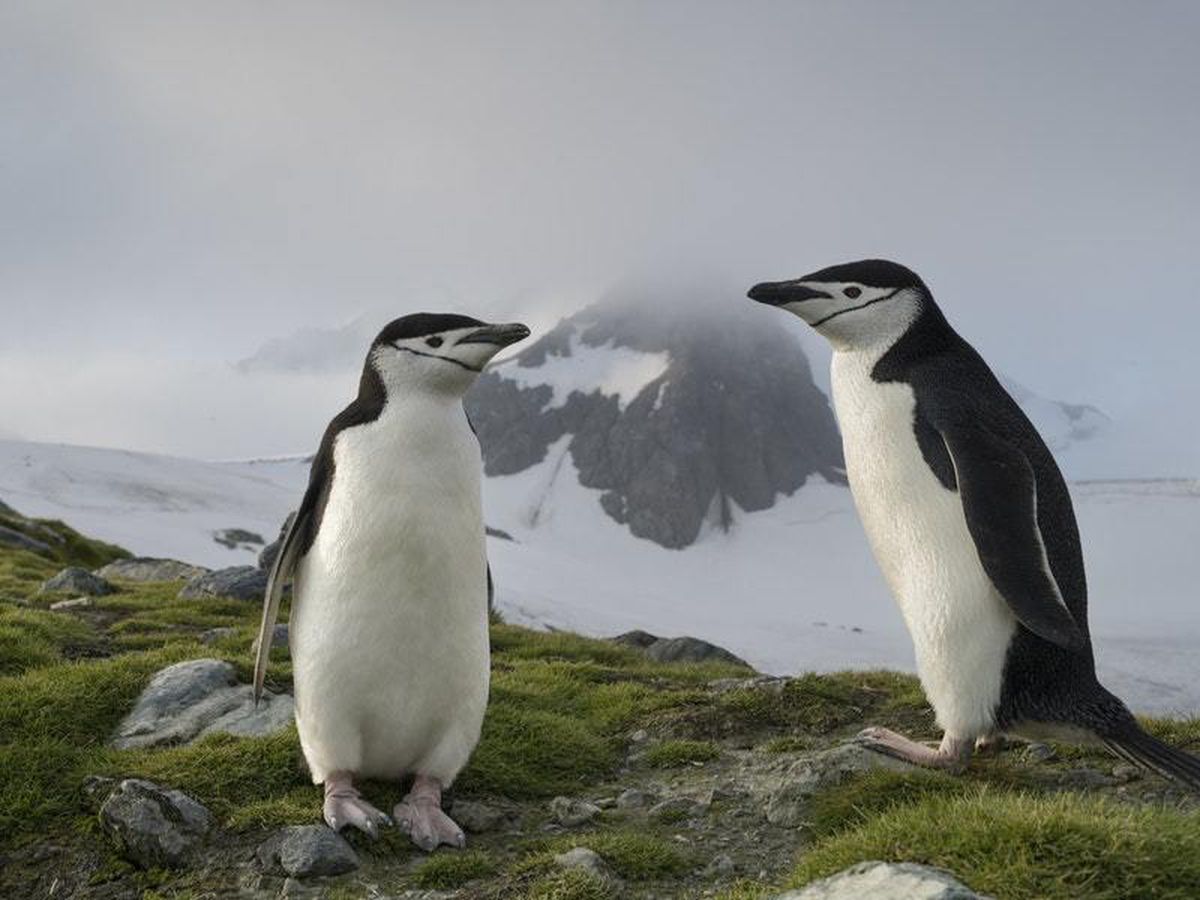
Chinstrap penguin numbers fall as climate change bites researchers Shropshire Star
Chinstrap Penguin Facts Animals Reference Chinstrap Penguin Chinstrap penguins pose at the Newport Aquarium. Photograph by Joel Sartore, National Geographic Photo Ark Common Name:.
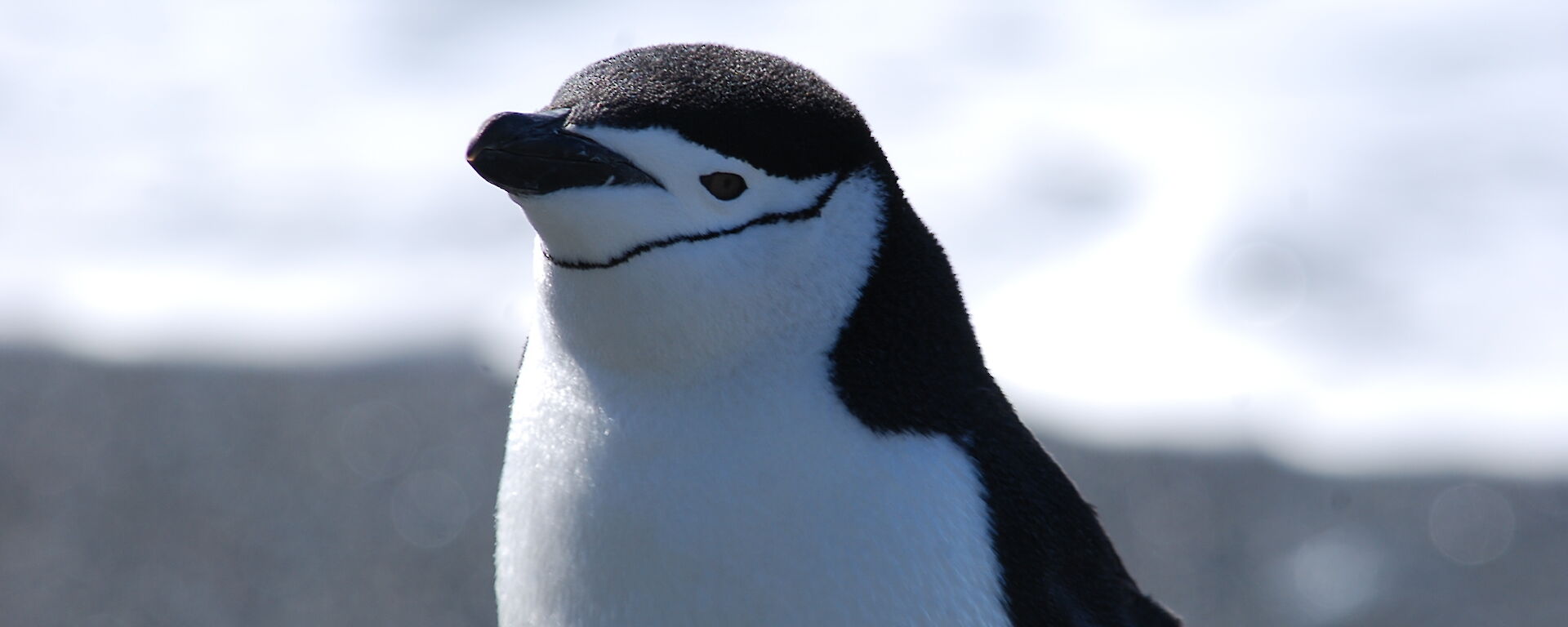
Chinstrap penguin Australian Antarctic Program
The chinstrap penguin is a species of penguin which inhabits a variety of islands and shores in the Southern Pacific and the Antarctic Ocean. They live and breed in large colonies - often on large icebergs on the open ocean. They return annually to the same nest site, generally with the same partner.
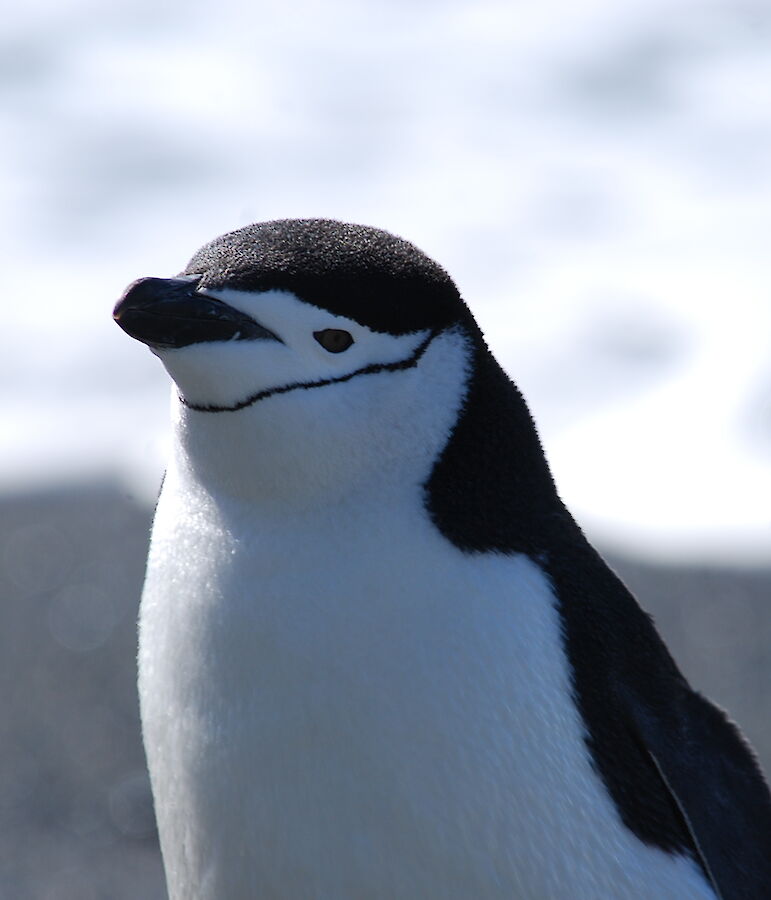
Chinstrap penguins Australian Antarctic Program
Classy-looking medium-sized penguin. Slender "chinstrap" is unique and unmistakable, but can be difficult to see at a distance; instead, note this species' white face, dark bill, and cleanly flat-bottomed dark cap. Breeds in colonies on rocky terrain in the Subantarctic, particularly in the southern Atlantic. Winters as far north as far southern Argentina.
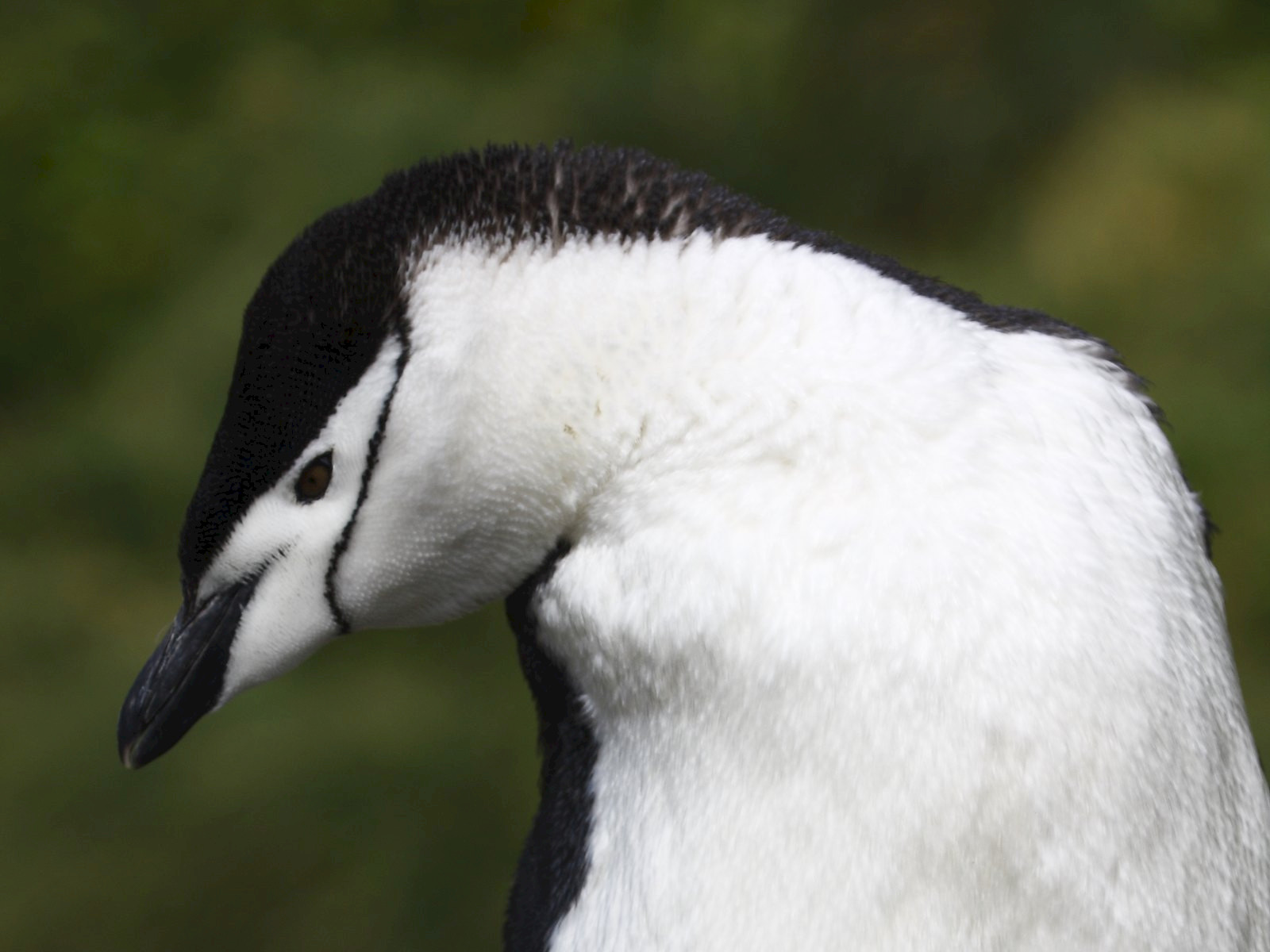
Chinstrap penguin Australian Antarctic Program
The Chinstrap Penguin stand about 28 inches (72 centimetres) tall and weigh about 9 to 14 pounds. (3.5 to 5 kilograms). The weight of the adults vary during the year. Chinstrap Penguins are the heaviest during the molting season and the lightest during the brooding period. Chinstrap penguins have a white front and throat, red eyes and a black back.

Chinstrap penguin numbers fall as climate change bites researchers The Irish News
Chinstrap penguins are an abundant penguin species in the Antarctic and sub-Antarctic regions. Conservation status: least concern Breeding Chinstraps spend the winter north of the pack ice zone and return to their colonies in early October through to November. The two eggs are laid in late November.

Multimedia Gallery Antarctic WildlifeChinstrap penguins NSF National Science Foundation
Won Young Lee For the experiment, the scientists implanted electrodes into 14 penguins' brain and neck muscles. For two weeks, they constantly recorded electroencephalogram (EEG) data to measure.
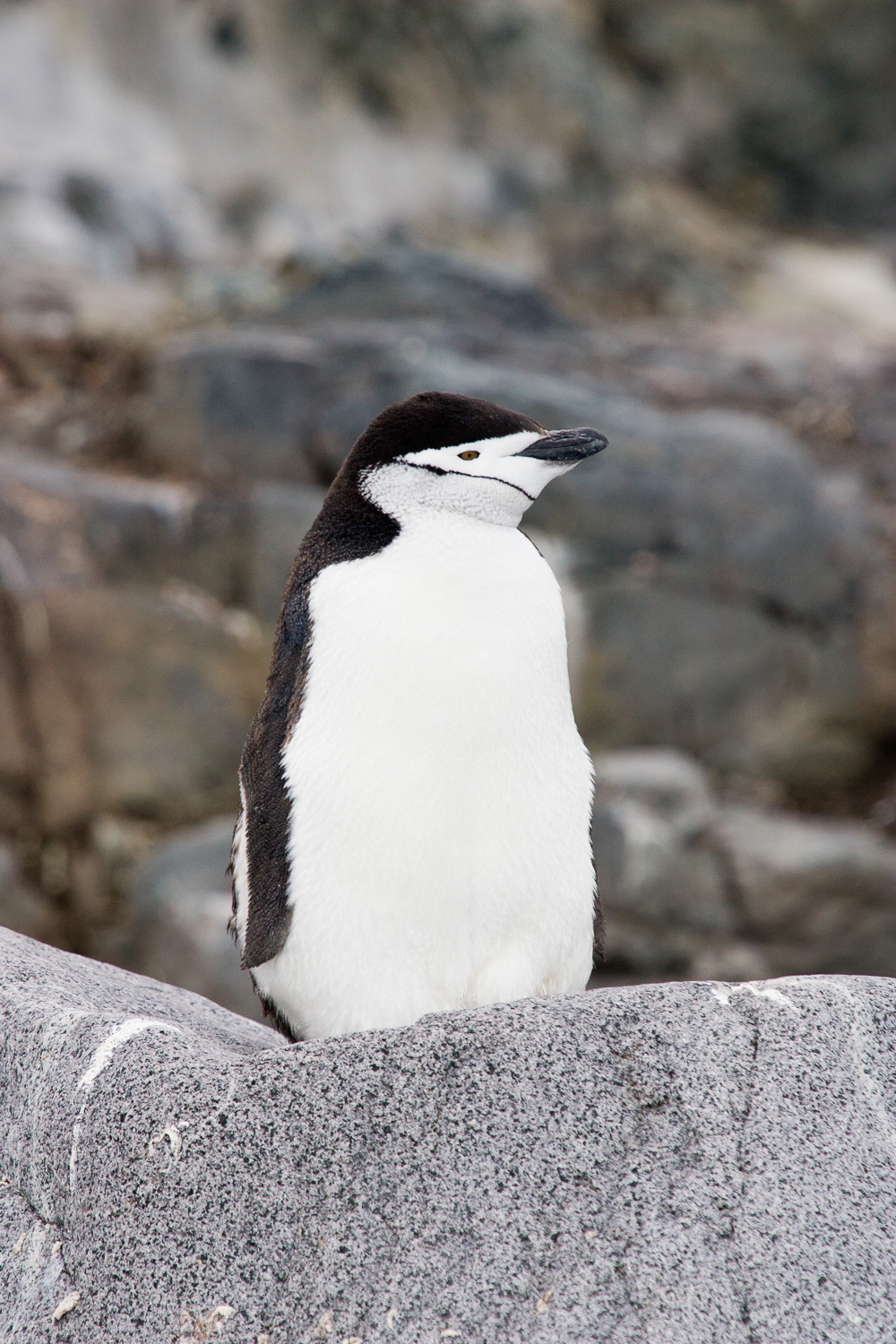
Chinstrap Penguin Encyclopedia of Life
The chinstrap penguin ( Pygoscelis antarcticus) is a species of penguin that inhabits a variety of islands and shores in the Southern Pacific and the Antarctic Oceans. Its name stems from the narrow black band under its head, which makes it appear as if it were wearing a black helmet, making it easy to identify. [2]
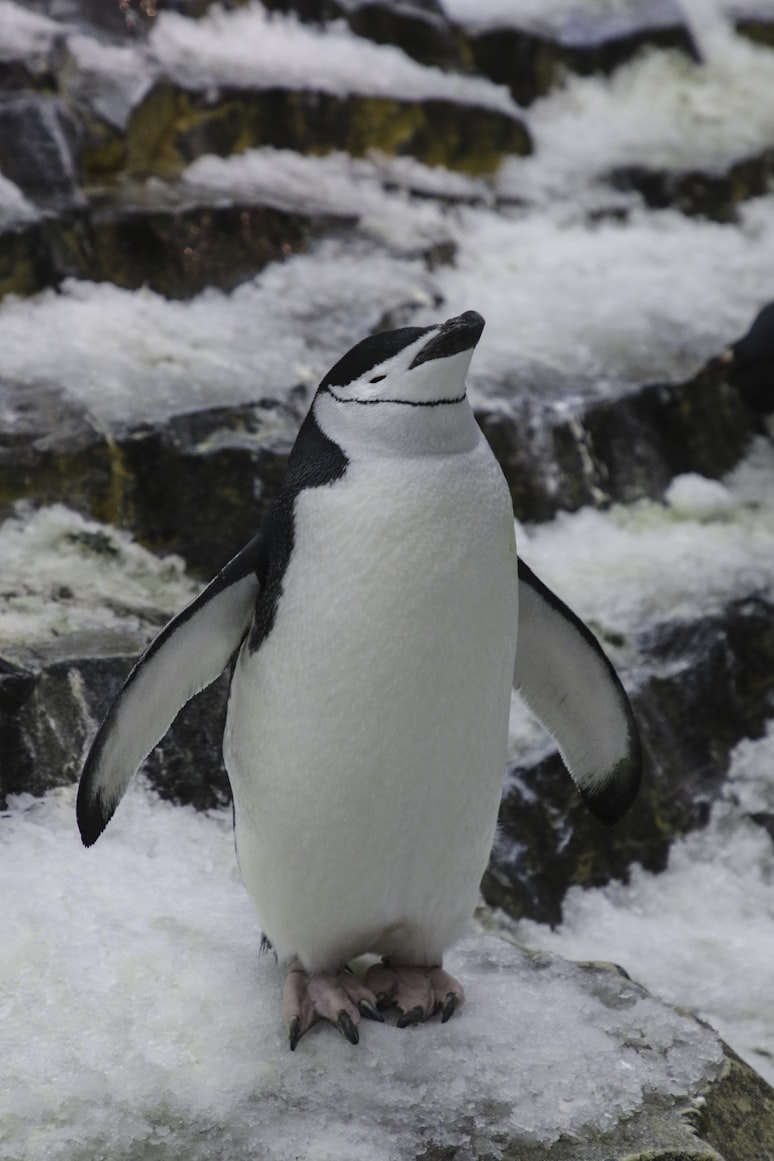
Chinstrap Penguin Facts Twinkl Teaching Wiki Twinkl
chinstrap penguin, ( Pygoscelis antarctica ), species of penguin (order Sphenisciformes) characterized by a cap of black plumage on the top of the head, a white face, and a fine, continuous band of black feathers that extends from one side of the head to the other across each cheek and under the chin.
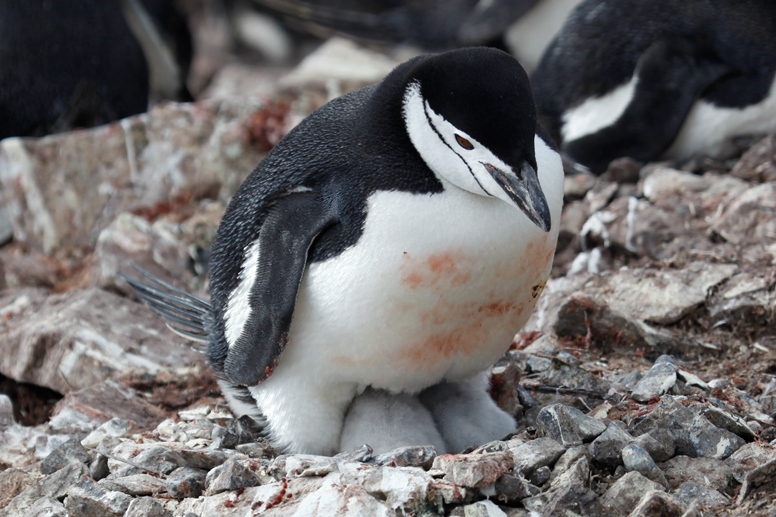
Chinstrap penguins
Chinstrap penguins are white on the front and throat but have a black back. A thin band of black plumage runs from one side of the head to the other, right below each reddish eye and unites under the bill. Chicks have grey backs and white fronts.

Penguin Features, Habitat, & Facts Britannica
Length 71-76cm (28-30in) Lifespan 20 years Diet Carnivorous -- AD -- Range Chinstrap penguins are found on a range of islands throughout the Antarctic region. They are found on the Antarctic Peninsula. A small population exist on the Balleny Islands to the South of New Zealand. Habitat